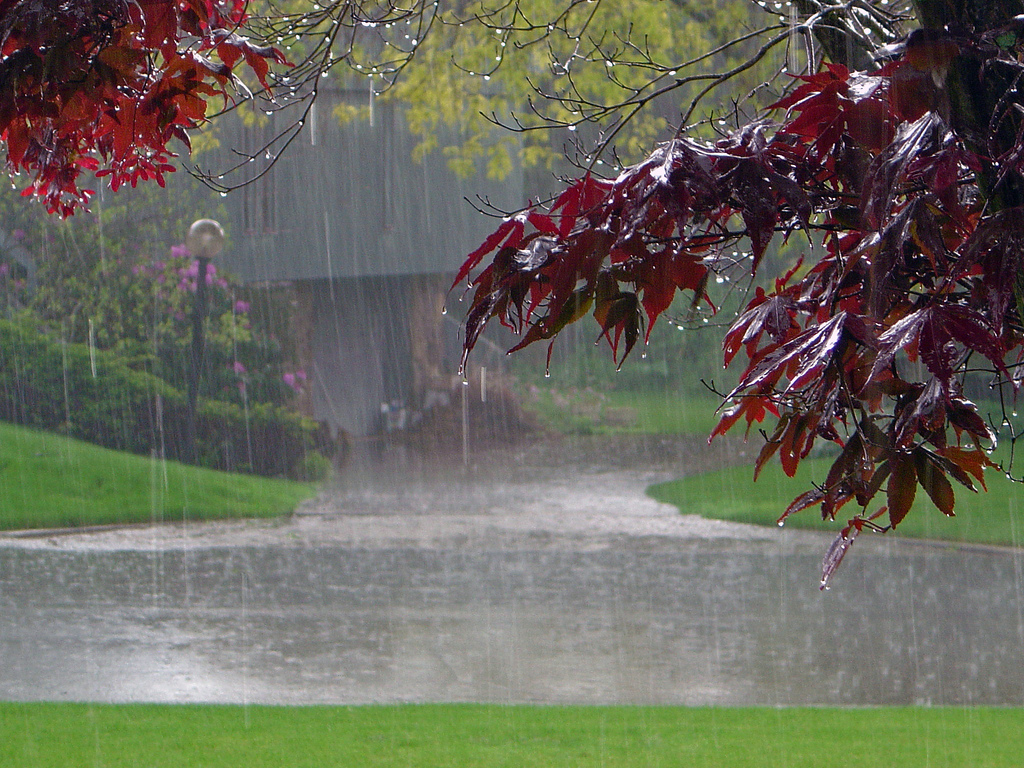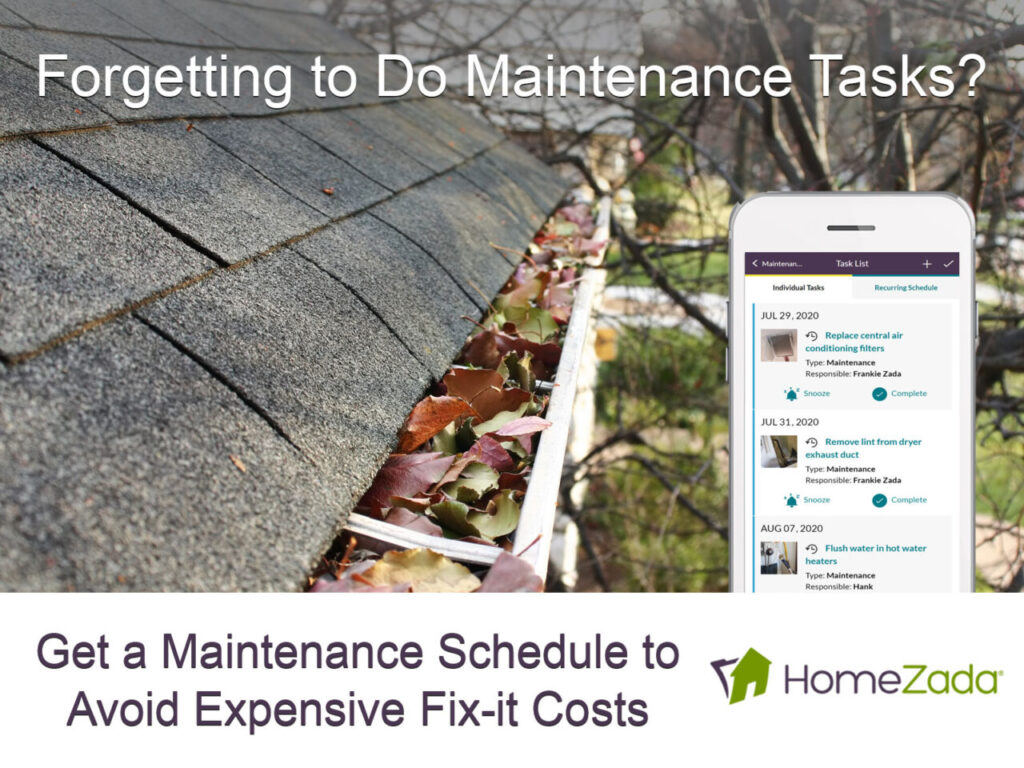As spring approaches, it’s important to consider the impact of potential water damage to your home.
The combination of spring showers, melting snow, and fluctuating temperatures can all contribute to the likelihood of water damage due to excess water accumulation around a property’s foundation, leading to cracks and seepage.
Also, fluctuating temperatures can cause pipes to expand and contract, increasing the risk of leaks and bursts.
To prevent water damage, take the following proactive measures such as:
- ⬥ clearing gutters and drains
- ⬥ inspecting your roof for damage and
- ⬥ ensuring that your plumbing is in good condition.
Water damage can be a serious threat to the safety and protection of your property. It can cause significant structural damage, mold growth, and damage to your belongings.
However, by taking a proactive approach, you can prevent costly water damage from occurring.
This involves identifying potential sources of water leaks or flooding, such as plumbing issues or weather-related events, and taking steps to address them before they become major problems.
Continue reading as we dive into practical steps you can take to prevent water intrusion and keep your home dry and secure this spring.
1. Inspect and seal the exterior
Look for any potential entry points for water, such as cracks in the foundation, gaps around windows and doors, and damaged or missing roof shingles.
Once you’ve identified these issues, seal any cracks or gaps using the right caulking or sealant. Doing this can help keep your home dry and protected from water damage.
2. Clean and/or repair gutters and downspouts
Clogged gutters and downspouts can cause water to back up and overflow, leading to pooling around your home’s foundation and potential leaks inside.
To keep your home safe from damage caused by spring rain, clean out any debris from your gutters and downspouts. Also, make sure the gutters are securely attached to your home.
Consider installing gutter guards to prevent future clogs and ensure proper water drainage.
3. Check your grading
Having proper grading around your home is essential to prevent water from seeping into basements or crawl spaces. It helps in redirecting water away from the foundation.
Look at the earth around your home. It should slope away from your home’s foundation with a minimum slope of one inch per foot for the first six feet. You can use soil, gravel, or landscaping features to achieve the desired grading and improve drainage.
4. Use a sump pump
Owning a sump pump is essential for homeowners, especially those living in flood-prone regions or with basements below the water table.
To ensure your sump pump is always in good condition, test it regularly and perform maintenance tasks as needed, such as cleaning the pump and checking the discharge pipe for blockages.
By taking these steps, you can enjoy a dry and secure home throughout the spring season and beyond and have peace of mind knowing your property is well-protected. Don’t wait until it’s too late – take action now to safeguard your home against water intrusion.
Tips for Creating a Home Maintenance Plan



